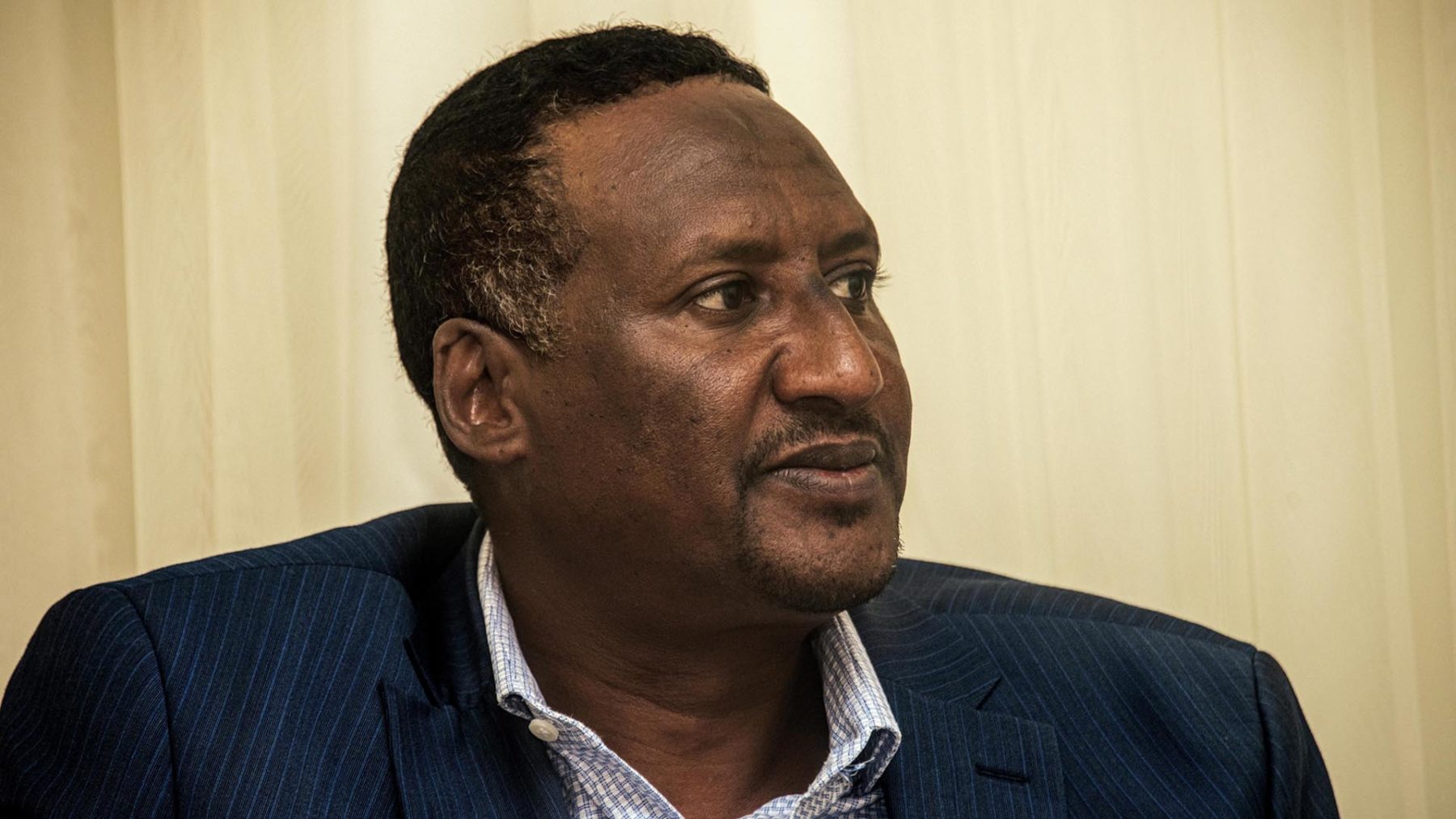China’s rare earth move sends shaky international supply chains spinning

China is tweaking its rare earths export regulations in a move seen as a response to Donald Trump’s tariffs.
China’s latest decision to restrict exports of seven rare earth elements and permanent magnets is introducing grave uncertainty for global supply chains, according to the Moroccan government friendly Atalayar. Export approvals must now be secured from China’s Ministry of Commerce, an ongoing process already facing significant delays.
As raw materials essential for a wide range of industries from that of automotive and tech manufacturing to defence industries, supply bottlenecks have already disrupted timely shipments to Europe and the United States, leading to industry-wide anxiety.
Beijing’s new control regulations have been widely interpreted as a tit-for-tat response to the announcement of a new round of tariffs in early April by the Trump administration in the U.S., with the rare earth sector rising steadily in prominence as a geopolitical leveraging tool for China.
Manufacturing giants in the private sector are sounding alarm bells. U.S companies like Tesla, Ford and Lockheed Martin express growing unease at the introduction of constrictive Chinese regulations, while Germany’s Volkswagen records prevailing stability in its supply of rare earth elements despite upstream challenges reported by its suppliers. Wolfgang Niedermark of the Federation of German Industries (BDI) asserts that Europe faces a closing window of opportunity, placing emphasis on operational preparedness and augmenting supply chain resilience to reduce the severity of damage faced by companies. Restrictions could spark both immediate disruptions and expose longer-term vulnerabilities.
Tesla CEO Elon Musk has weighed in, revealing correspondence with Chinese officials regarding the possible militarisation of Chinese exported permanent magnets within the robotic arms of his Optimus humanoid robots. Similar concerns are echoed by Rajesh Jejurikar, CEO of Indian automotive company Mahindra & Mahindra, who has promptly clarified the absence of existing protocols in place for companies to guarantee that rare earth elements will not be weaponised for military purposes. Speaking during the company’s quarterly results analyst briefing, Jejurikar pointed to the regulatory and logistical opacity confronting manufacturers, explaining that current “end-use certification” pathways remain ambiguous and vary depending on both the rare earth metal as well as the country involved.
Not all spells doom and gloom however, with Cameron Johnson, a Shanghai-based partner at Tidal Wave Solutions speculating that Chinese restrictions serve as a flexible, albeit coercive lever rather than a hard decision set in stone. In an interview with Scripps News, Johnson dismisses the restrictions as “more pageantry than reality.”
The Oxford Institute for Energy Studies states that China’s dominance vis-à-vis rare earths is rooted not only in its progressive acquisition of resource-rich territories studded with substantial mineral and metal deposits, but also in its virtual monopoly on refining technologies, accounting for nearly 90% of the world’s rare earth ore processing. According the most recent mineral commodity tracker within the U.S. Geological Survey Report, the U.S. imports 70% of its stockpile from China.
Once the undisputed leader in the rare earth sector, the United States now finds itself knocked off the podium by the Chinese, with the Trump administration floating controversial foreign policy ideas such as negotiating with Ukraine for access to its rare earth deposits in exchange for US military backing, to acquiring resource-rich Greenland.
Evidently, the recent mutual tariff truce implemented on May 2025 will allow for an initial 90 day period of temporary détente and thawing of bilateral trade tensions. While this could lead to a scaling back in Chinese export restrictions with respect to rare earths, recent events have afforded the world a wary glimpse into the uncertain future of exports.
Atalayar/ Maghrebi
Want to chase the pulse of North Africa?
Subscribe to receive our FREE weekly PDF magazine












